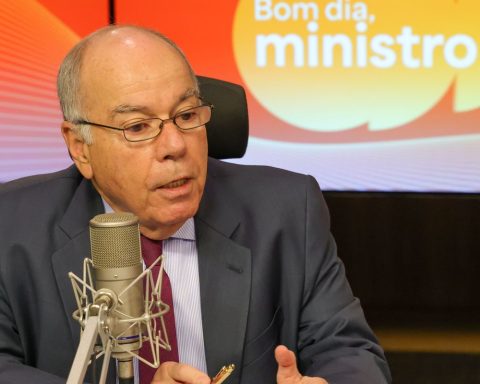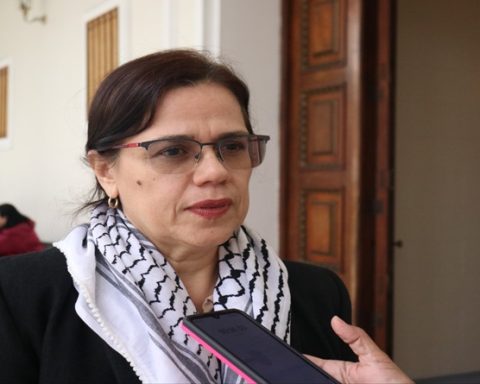Faced with the increase in cases of monkeypox in the country, the Emergency Operation Center (COE) created by the Ministry of Health begins to operate this Friday (29). The main objective of the initiative is to monitor the epidemiological situation and develop a vaccination plan against the disease in the country.
Members of the National Council of Health Secretaries (Conass), the National Council of Municipal Health Secretaries (Conasems), the Pan American Health Organization (PAHO), the National Health Surveillance Agency (Anvisa) were invited to participate in the collegiate committee. ) and representatives of other secretariats of the Ministry of Health, in addition to the Health Surveillance Secretariat (SVS).
“Even when there were no cases in Brazil, the Ministry of Health established an active surveillance flow for the country. It was defined what would be a suspected case, a confirmed case and a discarded case. A flow for diagnosis and testing was also immediately determined”, highlighted the folder.
Vaccination
According to the secretary of Health Surveillance, Arnaldo Medeiros, the vaccine to be acquired will possibly be a non-replicating virus. The forecast is that 50,000 doses are destined for Brazil, according to a request made to the Pan American Health Organization (PAHO).
The first immunizers should be intended for health professionals and the arrival of the vaccines is scheduled to take place in 2022. “The immunization schedule must be two doses with an interval of 30 days between them. We are already in talks with the manufacturers to acquire immunizers. The COE will monitor the entire pandemic process in relation to monkeypox“, highlighted Arnaldo Medeiros.
The latest balance, released by the Ministry of Health yesterday, indicates that Brazil registers, so far, 978 confirmed cases of the disease.
monkey pox
Caused by a virus, the signs and symptoms of the disease can last between two and four weeks.
THE transmission occurs mainly by personal and direct contact with respiratory secretions, skin lesions from contaminated people or infected objects.
Transmission through droplets requires closer contact between the infected patient and others, so healthcare workers, family members, partners are at greater risk of contamination.
















